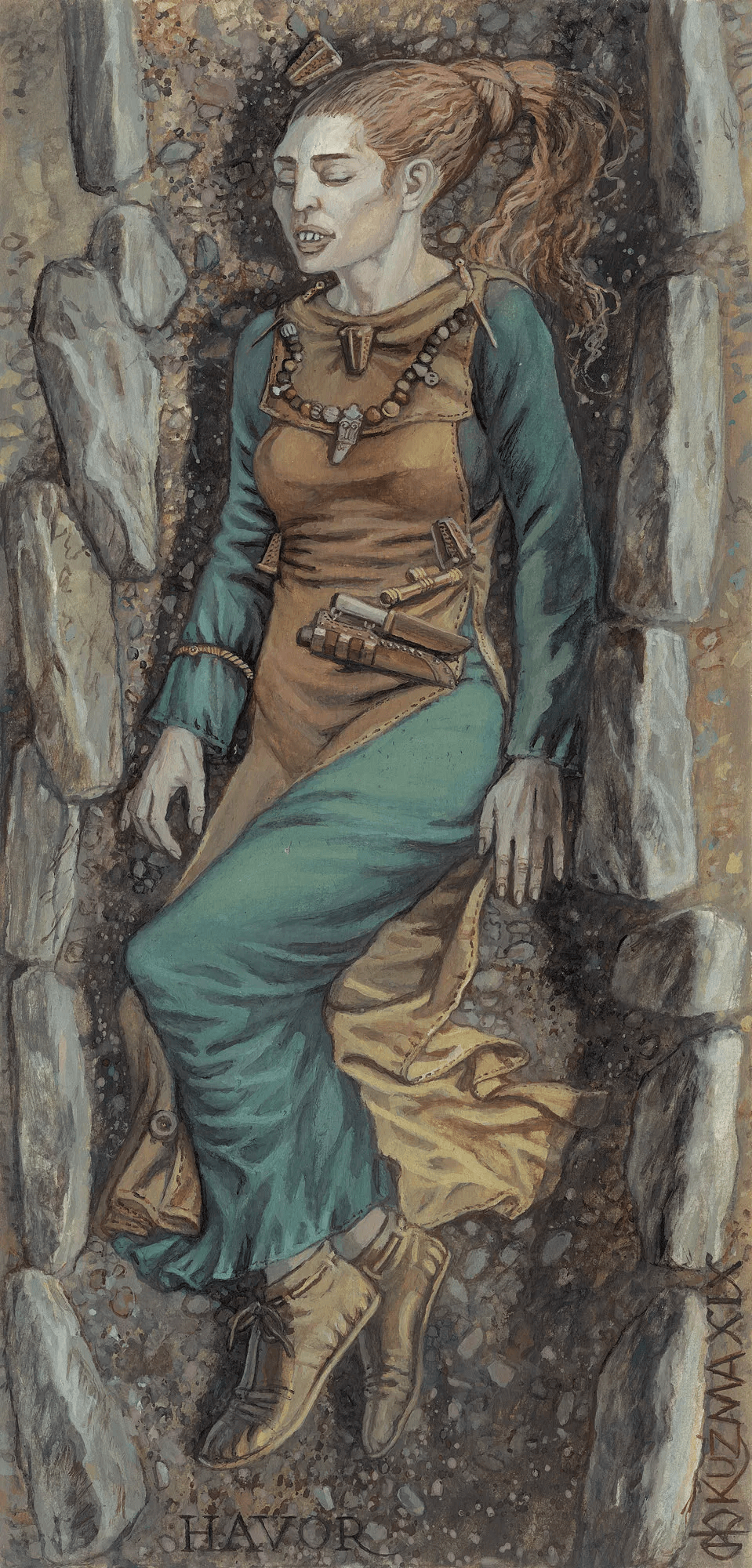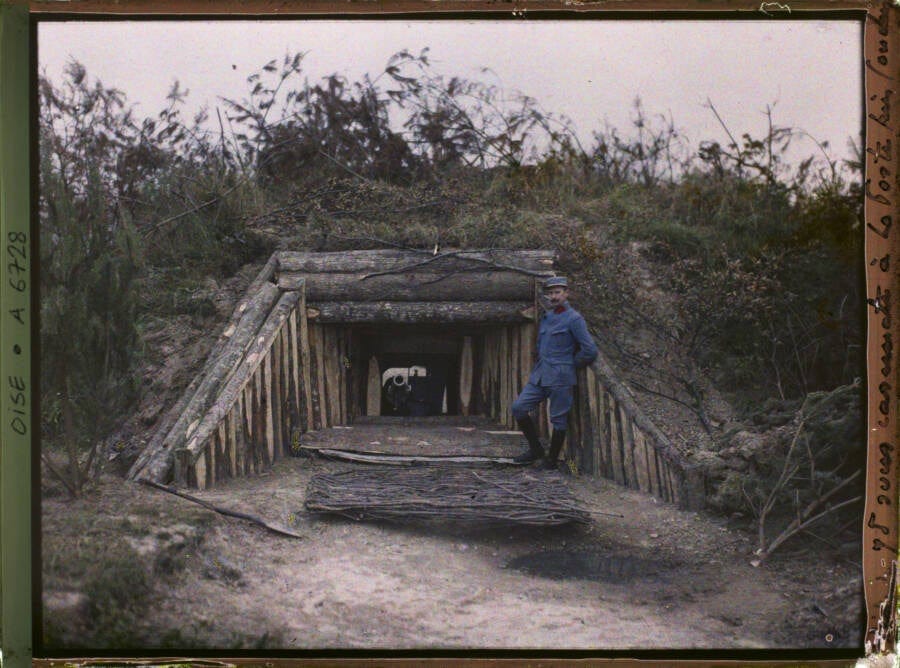Hey everyone,
This week I have a weird special theme for our roundup: Some of the stuff I’ve missed! Sometimes I forget to check a site one week, or there’s so much stuff another week that I can’t get to it all, and so stories slip through the cracks! So today I’ve got some of those stories for you.
Did you check out this week’s bonus episode? Since it’s LGBTQIA+ History Month, I thought this would be a good time to cover the Lavender Scare, a very terrible chapter in 20th century US history.
Bonus Episode: The Lavender Scare
This week, in history acting unruly:
A construction worker stumbled over a mysterious and confusing statue under a parking lot at Burghley House in Lincolnshire. The mystery lies in how it ended up buried 300 yards away from the house it once decorated. My vote is someone superstitous thought the statue was haunted.
People said my History & Literature degree was useless, but researchers just used Homer’s Iliad and a few other ancient literary texts to discover ten shipwrecks off the coast of Kasos, a small island in Greece.
In the very first ever underwater excavation around the Black Sea, dozens of 2,400-year-old artifacts were discovered.
Five 7,000-year-old canoes found near Rome are thought to be the oldest found around the Mediterranean. Their existence suggests a more robust Mediterranean trade at the time than previously understood.
Want to go dildo shopping with the 17th century girlies? The historical disconnect between men insisting women don’t enjoy sex and women making dildos out of every available and safe object is one of the funniest things in the world to me.
Three Viking women were found with suprising skull modifications in Gotland, Sweden. Their elongated skulls stand out because this specific type of body modification was rare in Sweden at this time. Theories of how they came to Gotland are being proposed now.

Drawing of grave 192, which contained a woman with an artificially modified skull in Gotland. Art by Mirosław Kuźma/Matthias Toplak. Similarly, 6,800-year-old skeleton was unearthed in Germany, and it’s giving archaeologists more insight into Neolithic life.
King Arthur might be the most famous grail seekers, but the quest for the Holy Grail has been going on since at least 570. The stories of grail seekers are almost an enthralling as the mystery of the grail itself.
How did gentleman’s clubs oil the wheels of Victorian politics?
Remember those hundreds of missing artifacts from the British Museum? The FBI is currently investigating items being sold on eBay that are ~remarkably similar~
A family in Massachusetts (USA) has done something that museums around the world have struggled to do: They have repatriated artifacts that had been looted during World War II! When they found stolen items from the Ryukyu Kingdom in an attic, the family contacted the FBI who returned the rare artifacts to Okinawa.
And speaking of repatriation, Iraq has recovered around 6,000 artifacts that were smuggled out of the country by ISIS in 2014.
Archaeologists have discovered 2,000-year-old rock art in Brazil. This is exciting because historians currently know very little about Jalapão’s pre-colonial occupants.
You need to see these 44 photos by Albert Kahn that bring WWI to life. Everything feel smore real when we can see someone’s face.

Man outside a bunker during WWI. Photo by: Albert Kahn. During excavations for a future bus stop in Sozopol, Bulgaria, a Medieval necropolis was uncovered. The graves are in good condition and revealing a lot about local burial customs.
Speaking of necropoles, this cemetery in Westminster was reserved for exotic animal imports kept by the elite of Tudor England.
You might know about basilisks from the stories of a certain boy who lived, but the real creature transformed a lot over the centuries. At one point, it looked remarkably like a chicken.
Speaking of basilisks, a Medieval pilgrim might have worn this piligrim badge depicting a basilisk for protection.
This stingray sculpture found in South Africa might be the oldest animal art in the world! The record to beat now is 130,000 years old.
Two first-century Roman cavalry helmets have been recreated so we can see what these works of art/armor looked like in their heyday.
Revolutionary satellite imaging technology has revealed the ruins of a circular Iron Age village on the southern coast of France.
And off the coast of Ireland, a prehistoric sunken fort has been discovered.
Before Golden Girls and her other tv projects, Bea Arthur was a Marine during WWII. In fact, she was one of the first women to enlist! Women weren’t allowed to work in combat positions back then, but they were allowed to take administrative positions to free up men to fight.

Bea Arthur’s service photo was taken on April 15, 1943. Source: Department of Defense. This incredible 16th-century map is teeming with sea monsters. Many of them are based on a real creature.
Scientists once thought that most of humanity was wiped out after the eruption of a supervolcano called Toba 74,000 years ago. But in Ethiopia, they’ve just found evidence of a small segment of human population who survived the volcanic winter.
Music written by prisoners at Auschwitz was restored and played for the first time recently. Hopefully The Orchestra of Auschwitz will go on tour soon.
How did omertà, the code of silence, become one of the building block’s of the mafia?
Mushroom foragers discovered a sculpture in the Thai forest that might date all the way back to the 6th century. Though investigations are ongoing, experts believe it may depict Maya Devi, the mother of the Buddha.






Valorie, I just love when your Newsletter comes to my Inbox! I learn so much and I just adore research-all the twists, turns and then the great, "WHAT??!!!"